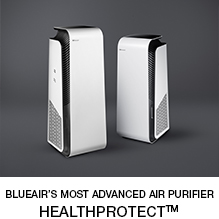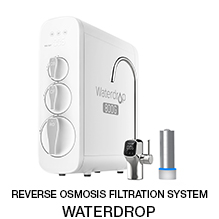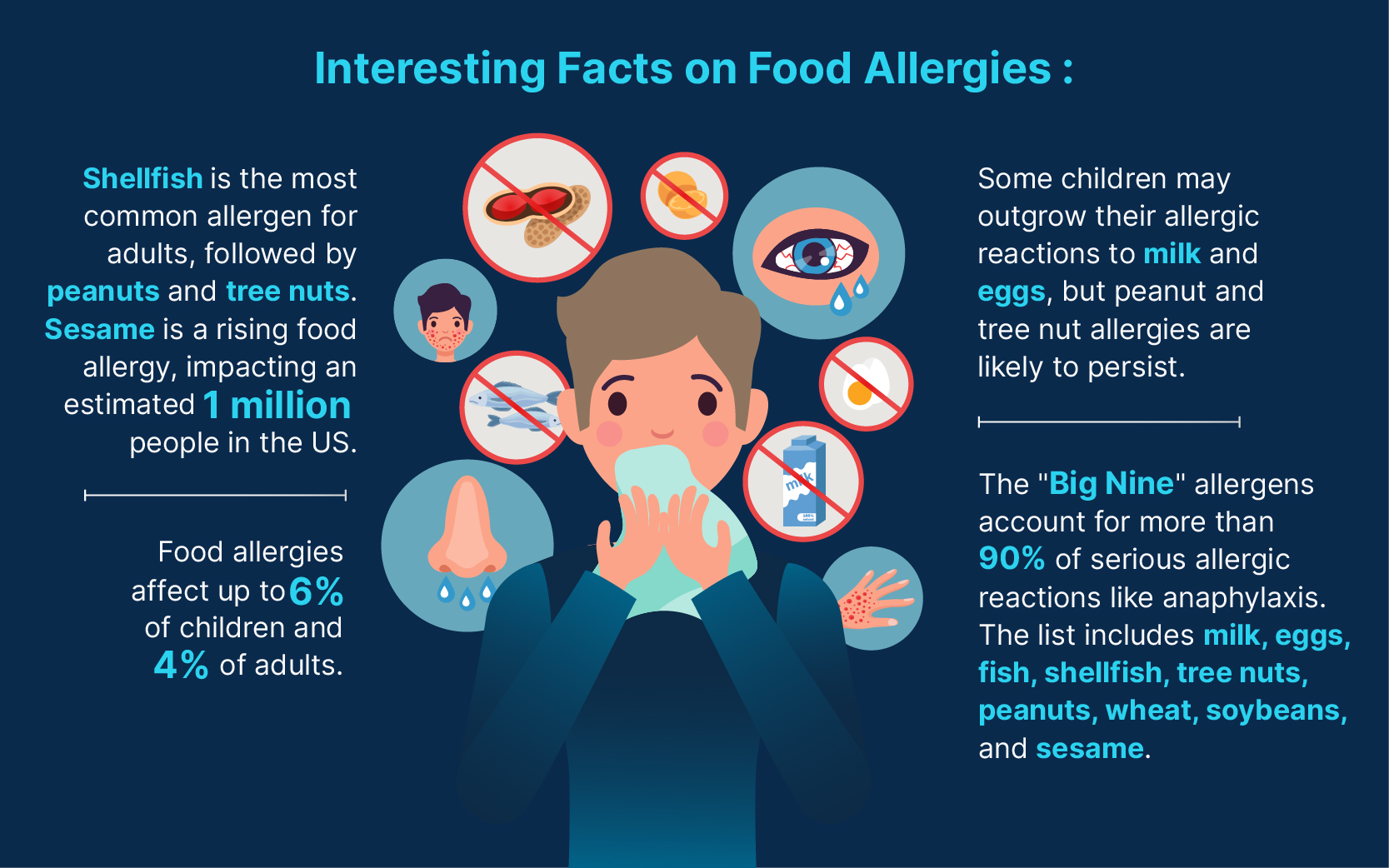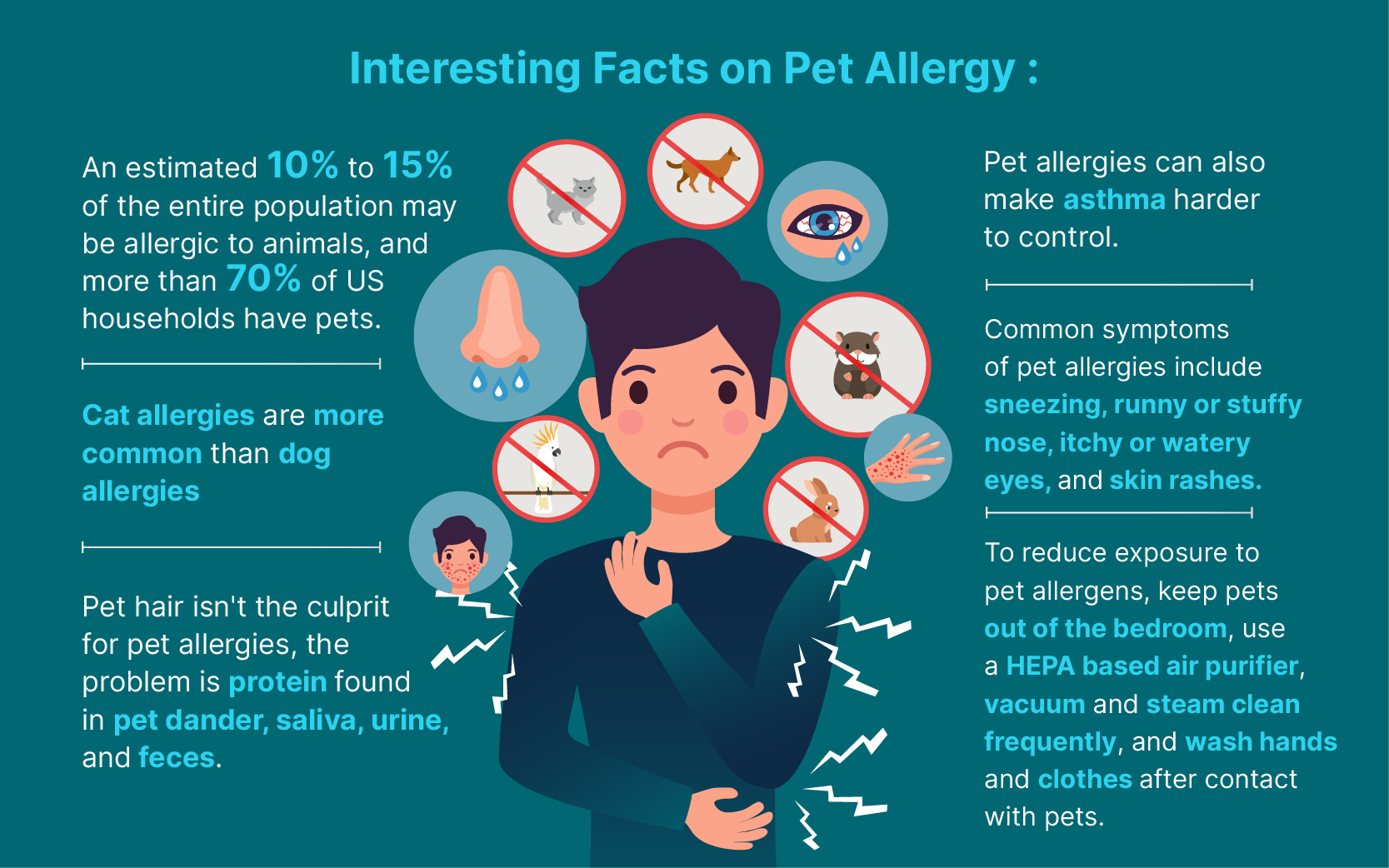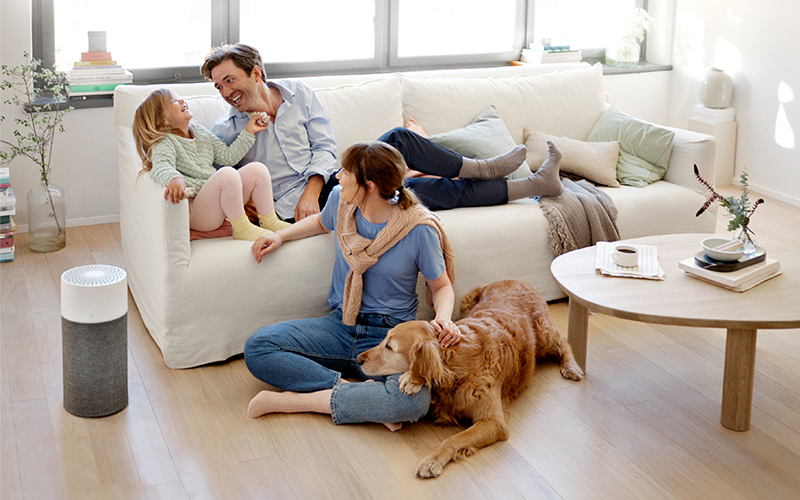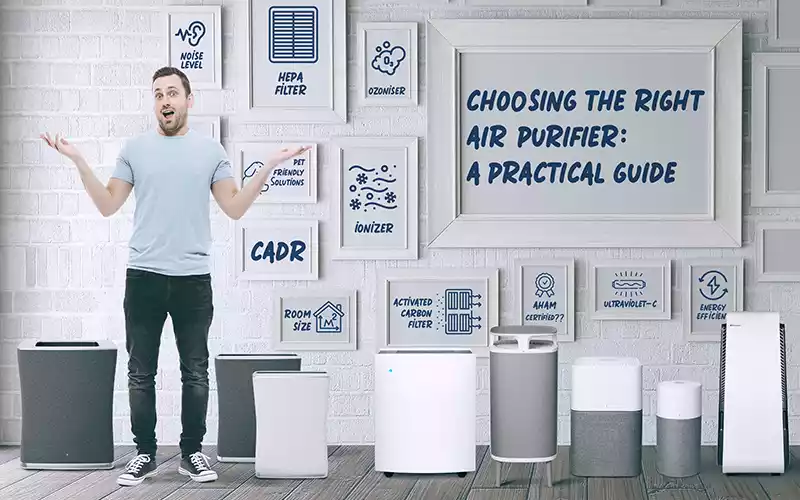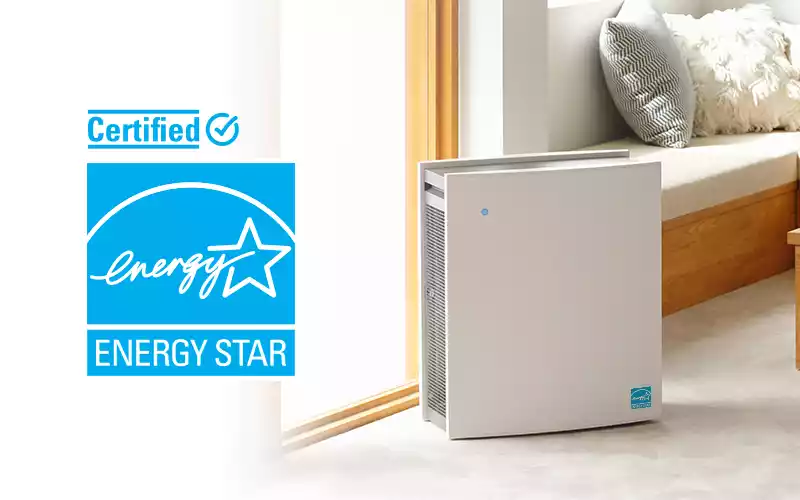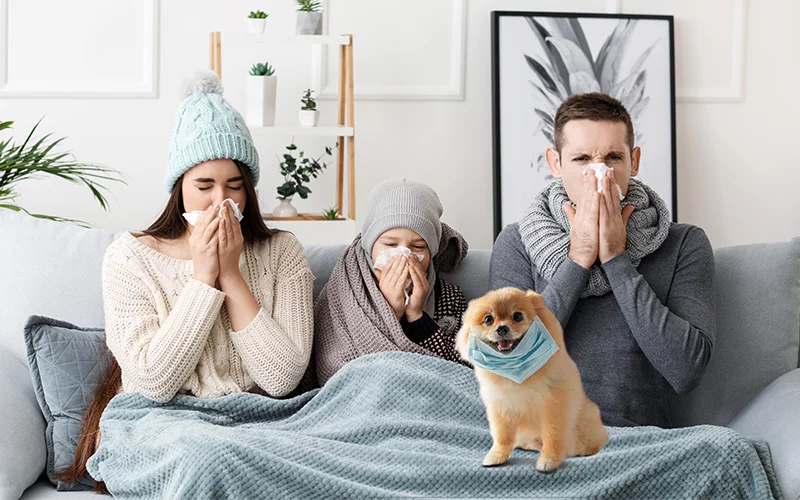Allergies are a common cause of feeling sick, triggered when the body's immune system comes into contact with harmful substances. There are various types of allergies, but this guide will focus on two broad categories: food allergies and airborne allergies. Understanding the differences between these allergies is crucial for proper diagnosis and management. Food Allergies Food allergies occur when the immune system responds to ingested food by producing antibodies to combat the allergen. It is essential to distinguish food allergies from food intolerance, which is a reaction caused by the body's inability to digest certain foods properly. Common food allergens include milk, nuts, eggs, soy, wheat, fish, crustaceans, and food additives and preservatives (such as sulfites).
Airborne Allergies Airborne allergies stem from substances found in the air and include mold allergy, dust mite allergy, pet allergy, and pollen allergy. Mold Allergy - If you are allergic to mold, breathing in mold spores causes your immune system to overreact. You will experience symptoms such as coughing, itchy eyes or other discomforts. A mold allergy can also be linked to asthma in some individuals. Mold thrives in moist, damp areas in your home. To prevent mold growth, it is essential to eliminate dampness and moisture from surfaces and the air. You can achieve this by using a dehumidifier to get rid of excess humidity, cleaning up wet spots caused by leaky pipes, water seepage during rainstorms, and flood damage, and ensuring adequate ventilation to keep your house in ideal humidity level of between 40%-60% RH. Pet Allergy - One of the most common types of indoor allergies is pet allergy. Pet dander, the dead flakes of skin shed by dogs and cats daily, is the primary culprit for these unpleasant symptoms. Pets also produce allergens from their saliva, glands, urine, and feces, which can remain suspended in the air for long periods and easily stick to furniture, bedding, and fabrics. Rodent pets such as hamsters, gerbils, mice, and guinea pigs can also create allergens. Fish or reptiles, on the other hand, are less likely to cause allergies. Treatment and Prevention The primary approach to managing allergies is to avoid contact with allergens. For food allergies, carefully check ingredient labels and eliminate trigger foods from your diet. Airborne allergies can be more challenging to avoid, but using HEPA based air purifiers, regularly changing air filters can reduce allergy triggers Dehumidifiers are also useful in reducing excess humidity, which helps prevent mold and dust mite growths. Whereas taking prescribed medications like antihistamines or nasal sprays can help reduce symptoms. In some cases, immunotherapy may provide long-term protection. Consulting a doctor is recommended for proper diagnosis, which may involve skin and blood tests, as well as evaluating medical history and environmental factors. A qualified healthcare provider will determine the best treatment plan for individual allergies.Disclaimer: The information in this article is for general informational purposes only and not intended as medical advice. For personalized guidance on allergies, consult a qualified healthcare professional. The author and publisher are not liable for any inaccuracies or consequences arising from the use of this information. Always seek professional medical advice for specific concerns.
|
 | 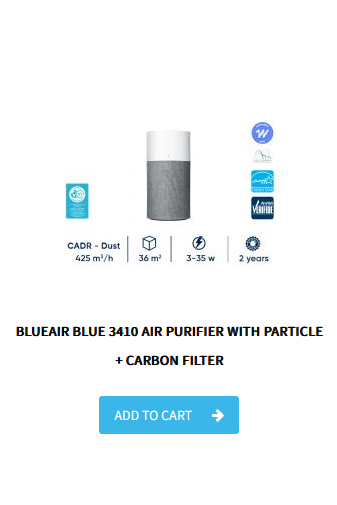 |
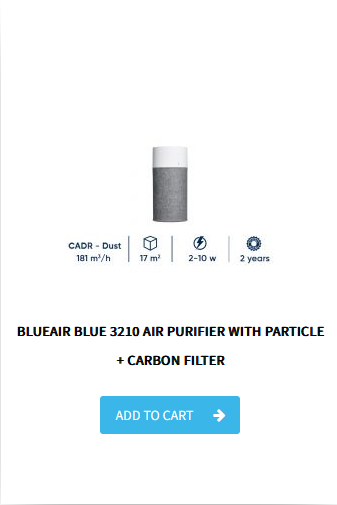 | |

